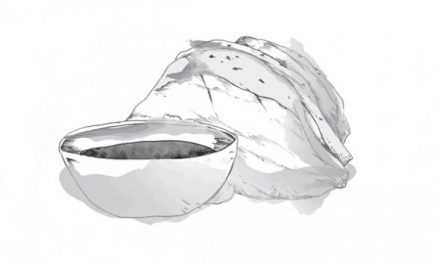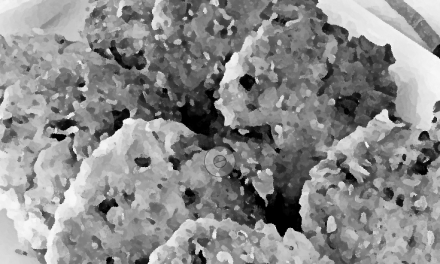by Kim Beavers, MS, RD, LD, CDE
Berries are the nutritional powerhouses of the fruit world, but today I’d like to show the lowly pear a little love. Pears are impressive for their fiber content one medium pear has 6g fiber, in addition they are a good source of vitamin C plus they are juicy and delicious when perfectly ripe. However knowing when pears are ripe is a little on the tricky side. Pears resemble avocados….there is a perfect level of ripeness in which to eat them and then there are less perfect times of ripeness, when you wish you had either eaten them earlier or waited just a little longer to eat them.
Pears do not actually ripen on the tree, they are harvested when mature but not fully ripe, left at room temperature they will slowly reach sweet, juicy maturity as they ripen from the inside out. The best way to tell if a pear is ripe is to push on the neck of your pear by applying gentle pressure to the neck, or stem end, of the pear with your thumb. If it yields to pressure, then it’s ripe and ready to eat! For a little kitchen fun practice this “pear-neck” technique with the kids at home to involve them in food selection. Once the pear is ripe, it can be refrigerated to slow the ripening process and saved for use up to five days. May you forever more enjoy deliciously ripe pears!
Pear and Pickled Onion Salad
Just add a grilled chicken or fish and you have the perfect fall outdoor eating experience.
2 tablespoons extra-virgin olive oil
3 tablespoons cider vinegar; divided use
2 teaspoons honey or agave syrup
¼ teaspoon kosher salt
Pepper to taste
6 cups mixed greens
¼-1/2 cup lightly pickled red onion (see note)
1 yellow pear, cored and chopped
1/4 cup toasted pepitas (pumpkin seeds)
Combine the olive oil, vinegar, honey or agave, salt and pepper in a small bowl and whisk vigorously. Add the chopped pear and coat (to help avoid browning). When ready to serve remove the pears from the dressing with a slotted spoon. Toss the salad dressing with the salad greens and evenly distribute onto each of 4 plates and top with the pears, red onion, and pepitas.
Yield: 4 servings
Nutrition Breakdown: Calories 180, Fat 12g (2g saturated), Cholesterol 0mg, Carbohydrate 14g, Fiber 3g, Protein 4g, Potassium 90g.
Percent Daily Value: 60% Vitamin A, 25% Vitamin C, 15% Iron, 4% Calcium
Note: To make the pickled red onion: slice a large red onion into the shape that you like and place in a colander and pour boiling hot water over the onion. In a separate bowl combine ~3 tablespoons cider vinegar with 1-2 teaspoons agave nectar and ~ ¼ teaspoon salt. Toss the drained onions with the cider mix and let it sit for several hours in the refrigerator. Store in the refrigerator and use over grilled meat, on sandwiches or on salad as I have done here. This recipe came from The Heart of the Plate cookbook by Mollie Katzen. I highly recommend the recipe and the book!
Kim Beavers is a Registered Dietitian and Diabetes Educator for University Health Care System. She lives in North Augusta with her husband and two children and she is the co-host of the culinary nutrition segment Eating Well with Kim, which airs at noon Monday, Wednesday and Friday on WRDW. To be notified of new recipes join Kim’s facebook fan page at www.facebook.com/eatingwellwithkim. To search for specific recipes go to www.universityhealth.org/ewwk. You can also watch the segments at www.wrdw.com/ewwk.
This article appears in the October 2017 issue of Augusta Family Magazine.
Did you like what you read here?








